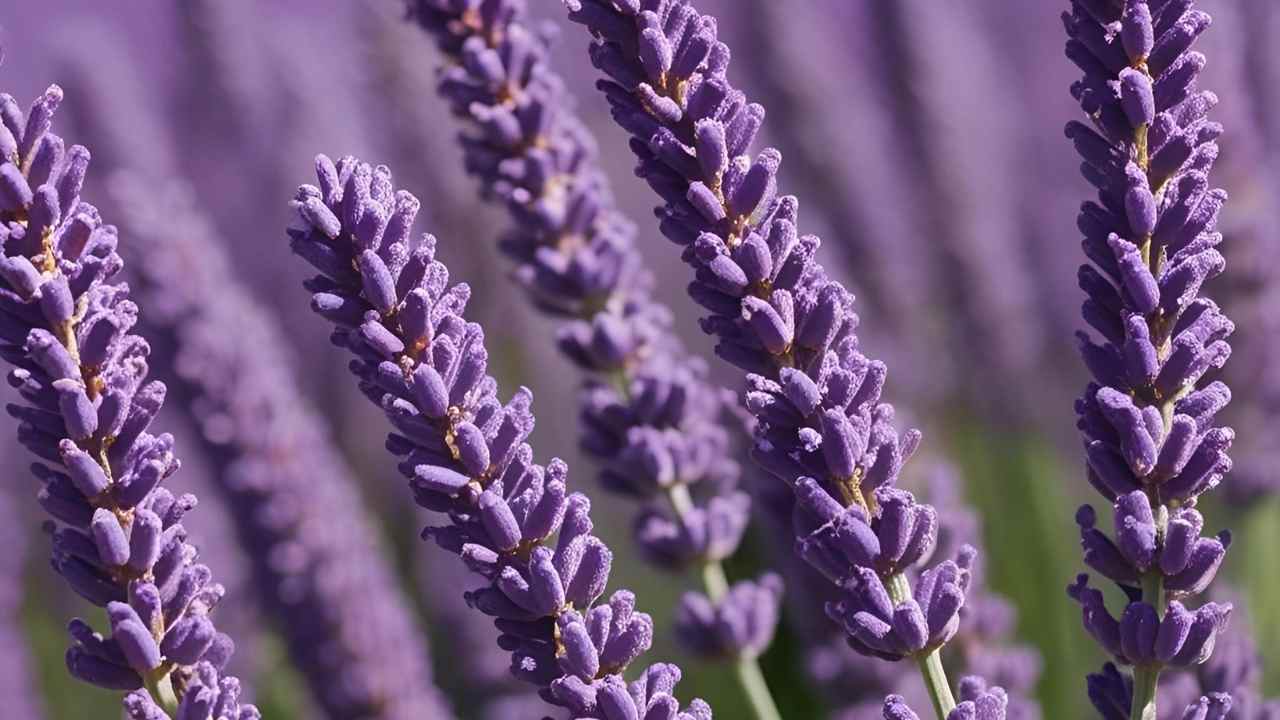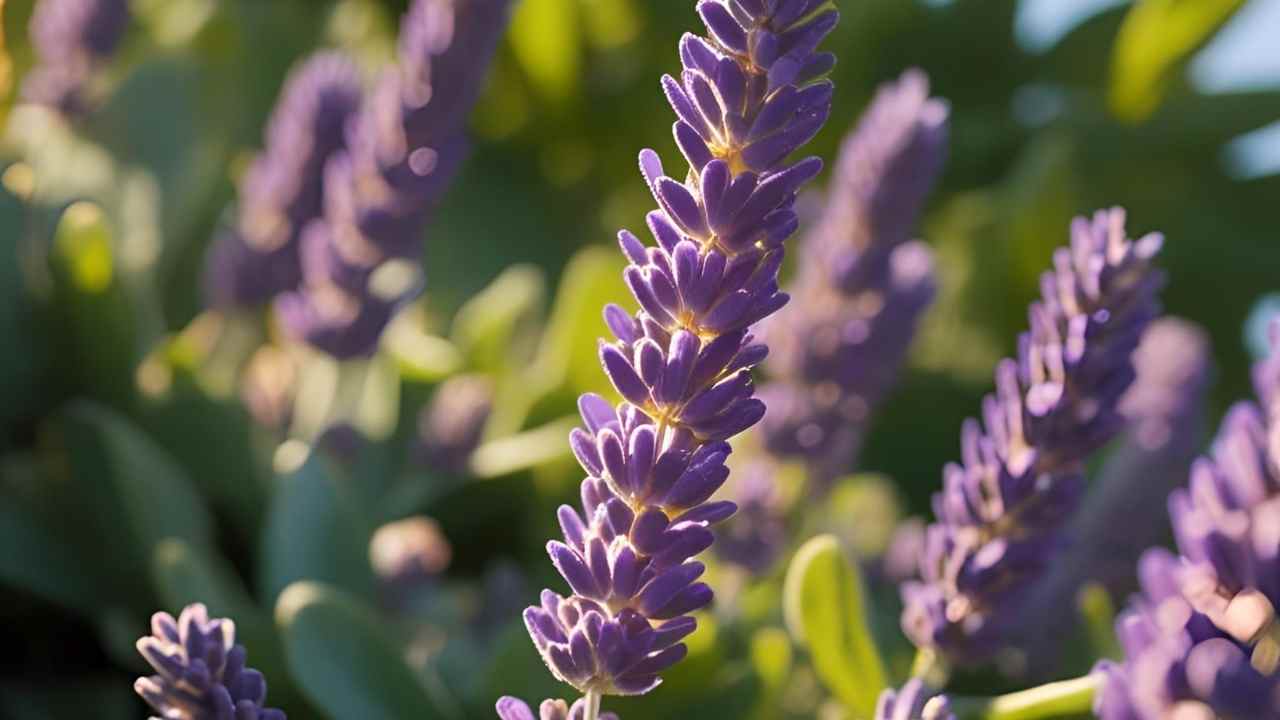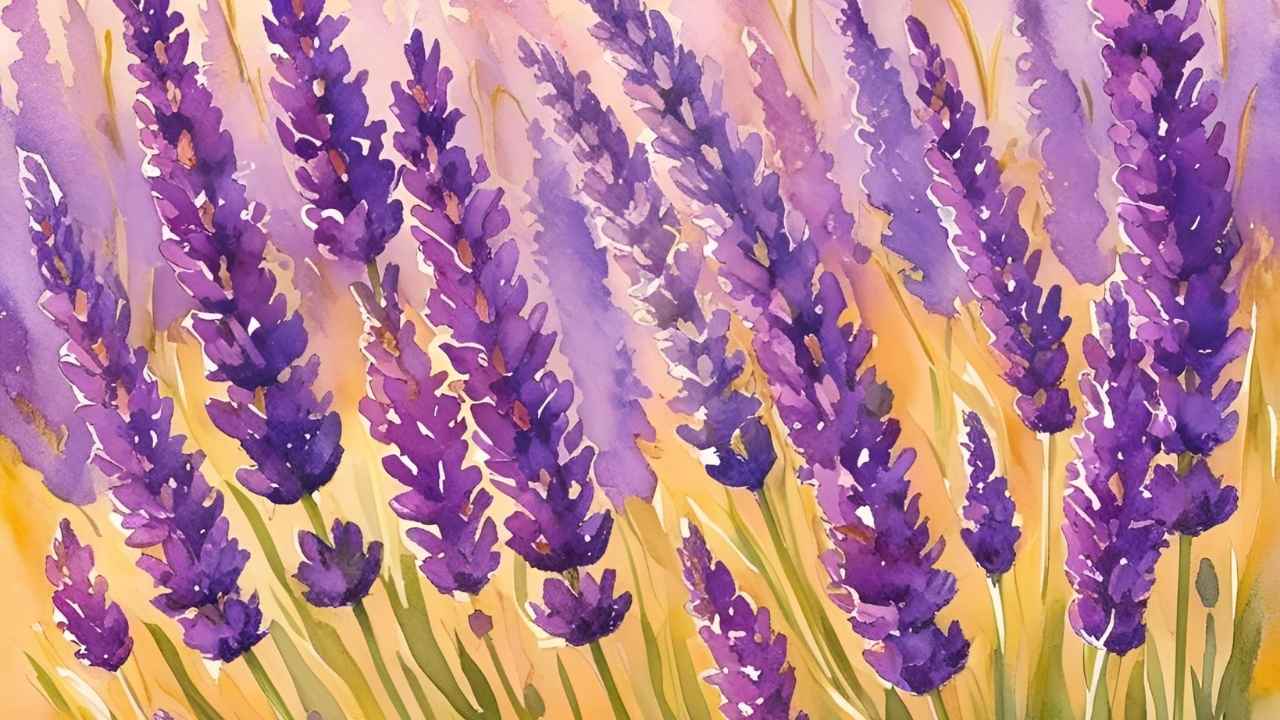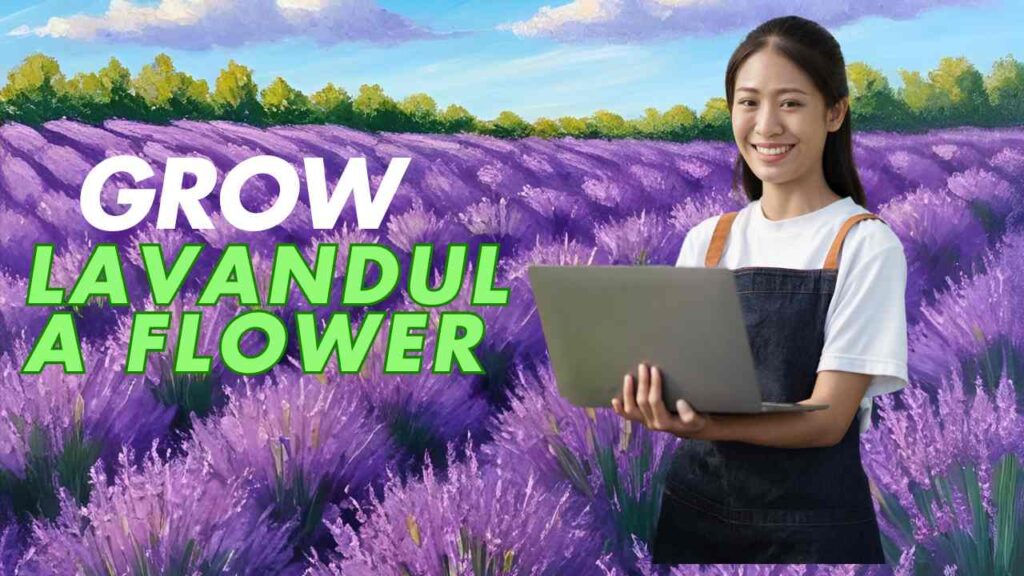French lavender French lavender (Lavendula stochas).
How is lavender used medicinally? 2 of 2
How is Best Overview Lavandula 2025 used medicinally? Lavender Review.
Physical description
Field of lavender
Best Overview LavandulaA field of English lavender (Lavandula angustifolia) in Norfolk, England.Lavender is a small evergreen shrub with gray-green linear leaves. The scent of the plant is due to the glistening oil glands that are attached to tiny star-shaped trichomes.

Best Overview Lavandula 2025
Technology industry
Natural products
Essential oils
Plant substance
Also known as: volatile oil
By written and fact-checking
The chemistry behind craft beer
The Chemistry Behind Craft Beer Discover the chemistry of making different types and colors of beer.
Essential oil, a highly volatile substance isolated by physiological processes from the odoriferous plant of a single botanical species. For example, rose oil or peppermint oil. Such oils were called essential because they were believed to represent the essence of smell and taste.
Distillation is the most common method for separating essential oils, but other processes—including inflorescence (extraction using fat), maceration, solvent extraction, and mechanical pressing—are used for certain products. Younger plants produce more oil than older plants, but older plants tend to be more resinous and richer in darker oil as the lighter parts of the oil continue to evaporate.
-
Key people: Otto Wallach
Related Topics Of Best Overview Lavandula Tea Tree Oil Pine Oil Perfume Of Rose Patchouli Oil Dillo Among the large number of plant species, essential oils have been well characterized and identified from only a few thousand plants. The most stinky plants are found in the tropics, where solar energy is greatest.

The odor of flowers probably helps natural selection by acting as an attractant for some insects. Leaf oil, wood oil, and root oil can provide protection against damage caused by plant parasites or animals. Oleoresinous exudations that appear when the tree trunk is injured prevent sap loss and act as a protective seal against parasites and disease organisms.
Some essential oils are involved in plant metabolism, and some investigators believe that many of these substances are simply waste products of plant biosynthesis.Commercially, essential Best Overview Lavandula 2025 oils are used in three primary ways: as fragrances, they are used in cosmetics, perfumes, soaps, detergents, and miscellaneous industrial products ranging from animal feed to pesticides. to paint;
As a flavoring they are present in bakery goods, candies, confections, meats, pickles, soft drinks and many other food products. And pharmaceuticals they appear in a wide but shrinking group of dental products and drugs.
Knowledge of distillation spread to Europe during the Middle Ages, and the isolation of essential oils by distillation was described during the 11th to 13th centuries. These distilled products became a specialty of European medieval pharmacies, and by about 1500 the following products were introduced: cedar wood, calamus, costus, rose, rosemary, spike, incense, turpentine, sage, cinnamon, benzoin. and myrrh oils. The alchemical ideas of the Swiss physician and alchemist Paracelsus helped inspire physicians and pharmacists to extract essential oils from aromatic leaves, woods, and roots.

-
Get unlimited access.
Beginning in the time of Marco Polo, the highly valued spices of India, China, and the Indies served as a stimulus for European trade with the Orient. Quite naturally, spices such as cardamom, sage, cinnamon and nutmeg were the target of pharmacist silence.In the United States, turpentine and oil of peppermint were produced before the 1800s.
Within the next several decades, oils from four Native American plants became commercially important—namely, sassafras, wormwood, wintergreen, and sweet birch. Many essential oils have been developed since the 1800s, but only a few have gained commercial importance.
-
Production methods
The first step in isolating essential oils is to crush or grind the plant material to reduce the particle size and break down some of the cell walls of the oil-producing glands. Steam distillation is by far the most common and important method of production, and extraction with cold fat (inflorescence) or hot fat (maceration) is mainly of historical importance.



